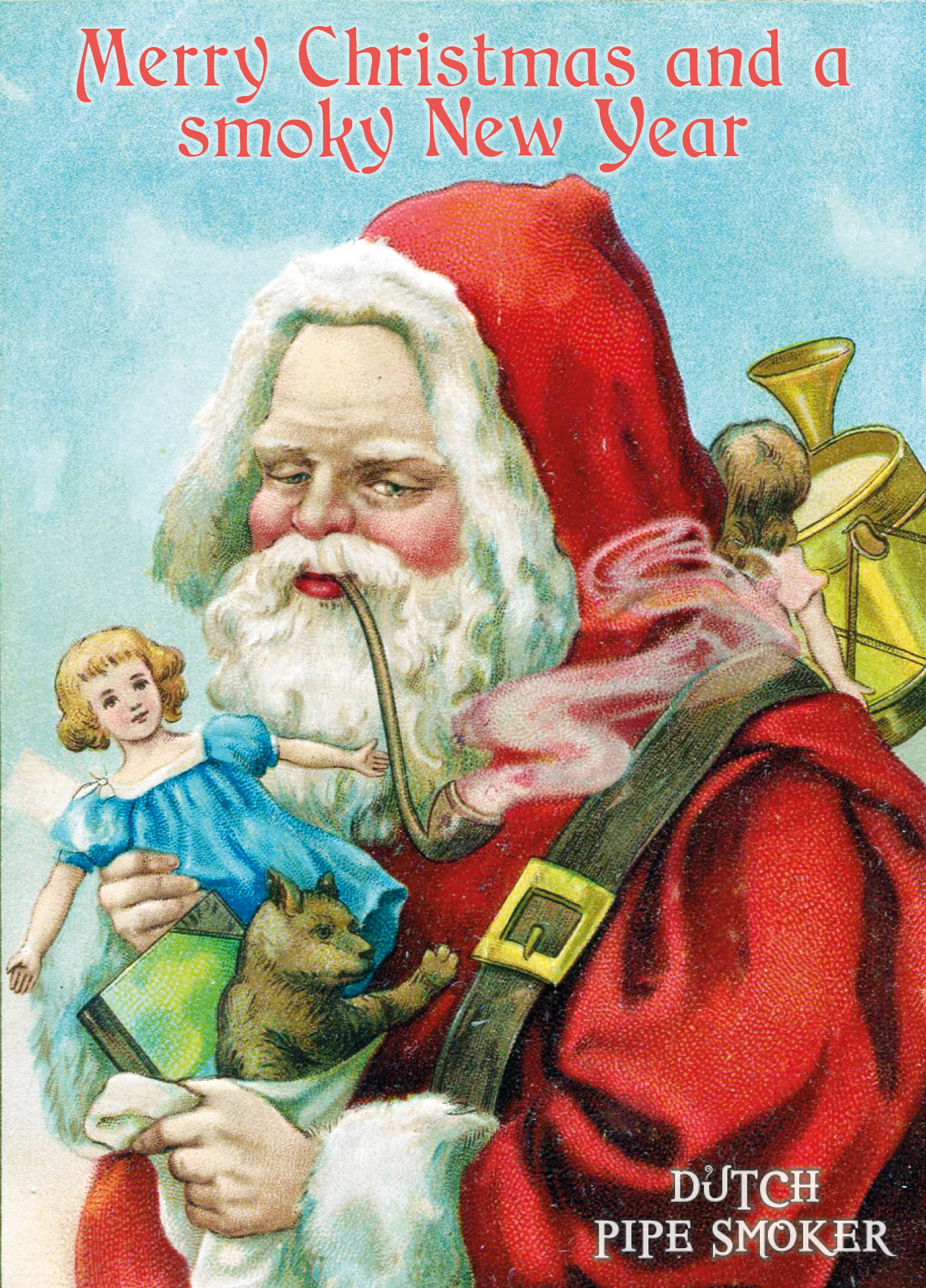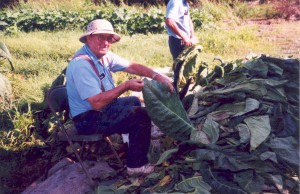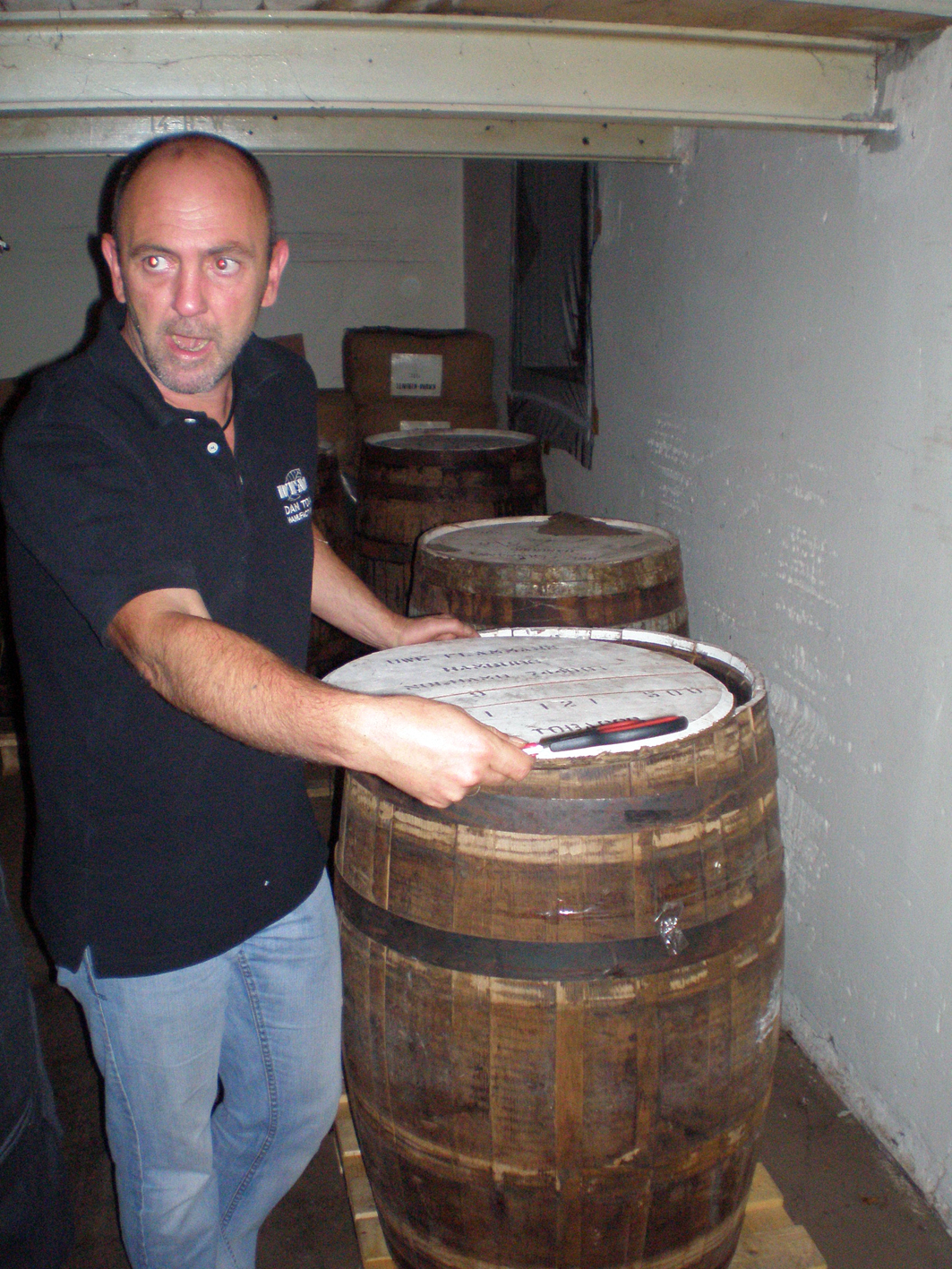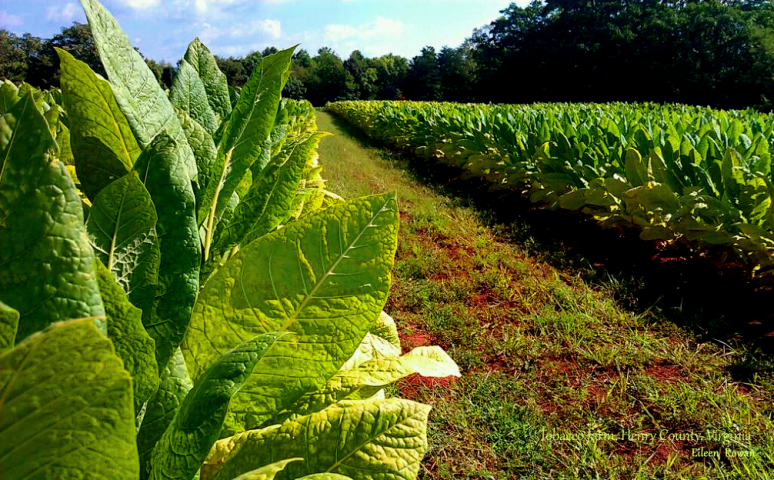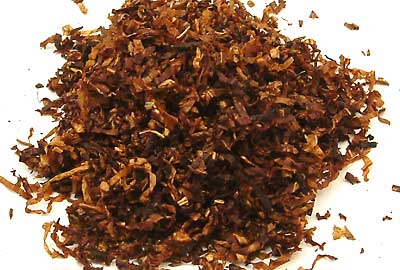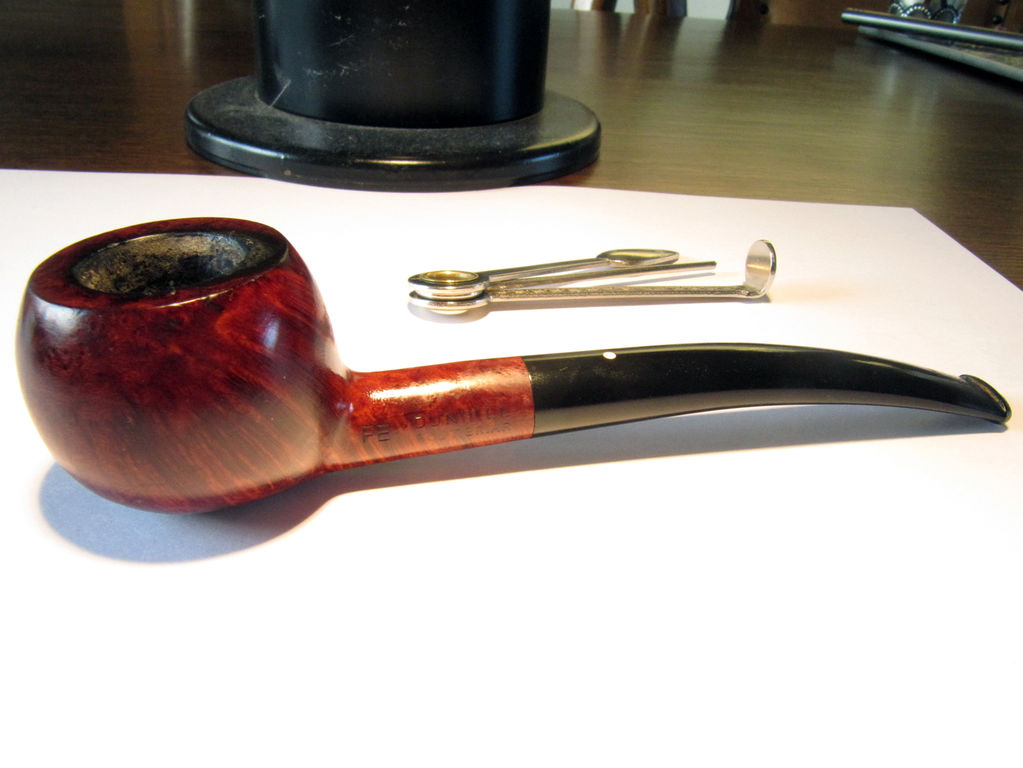 Heal your soul, smoke Spark Plug!
Heal your soul, smoke Spark Plug!
Life is not easy now in these pandemic Corona virus times. We are limited in our freedom; not seeing friends or family, no open restaurants or cafes, social distancing, no open smoking lounges etc. We have to stay indoors as much as possible, get our groceries as fast as possible (keeping in mind 1.5 meters distance), all hoping we won’t get infected or infect someone else. It also is a huge assault to our mental health; constantly being at home, being at each other’s lips at home, no toilet paper at the supermarket, unsure what the future will bring (for me personally, I am jobless, so if you need an expert Graphical (Digital) Designer / Desktop Publisher / Blog and text writer/ Content Marketeer, let me know!), it all leads to much frustration. Luckily I have a hobby which benefits my mental state: pipe-smoking. Just focusing on the ritual of it while reading a good book heals my soul, lets me forget my worries. And right now I feel extra blessed, because I am smoking the newest offering of the “Dark Lord” GL Pease named Spark Plug.
Don’t be sceptic, rejoice!
Of course it is exciting when GL Pease comes with a new tobacco. But there is always extra reason to rejoice when it is a latakia blend because Greg is the “Dark Lord”, grand master of the delicious smoky dark leaf. And yet I could detect little enthusiasm on the online forums. Even a bit of scepticism.. Come on people! It is the Dark Lord bringing you divine ambrosia for your mortal taste buds! “Luckily” most pipe-smokers agreed with me, when I tried to order Spark Plug at first all shops were sold-out.. Fortunately in the end I managed to secure some tins.
 Backstory:
Backstory:
Here I quote GL Pease himself from his website: This has been something of a dream project for me, and I’m happy to say that it’s on its way. Spark Plug is the latest blend to find a home in my Heirloom Series. I’ve been smoking prototypes for nearly a year, and am absolutely loving the final product. As always, working with Jeremy at C&D has been a pure and effortless joy, and Calvin has my often impenetrable design briefs and transformed my concept into the wonderful label seen above. My deepest gratitude and appreciation goes out to these guys for their continued willingness to work with whacky ideas and make them a reality. In a conversation with me Greg had to add: Dream project? That might be somewhat overstated; certainly I’ve wanted to do a latakia plug for a very long time, and it had to be just right, so it took some time, and haunted my dreams more than a few times. There were technical challenges to overcome, but we worked hard to get everything sorted, and I absolutely love the result.
 Package / tin:
Package / tin:
Even when you lived under a stone and had no idea about the new Spark Plug tobacco, the tin art with a big Union Jack leaves nothing to the imagination. It almost screams: this is an English blend! On the flag is an image of the name-giver: a spark plug made to look a bit like the caduceus, the staff of Hermes, emissary and messenger of the gods. On the back of the tin it says: Deep and dark. Powerful yet refined. The smoky, leathery backdrop of Latakia is layered with an almost incense-like spice of rich orientals, with fine Virginias added for depth and a subtle sweetness. Like the classic roadsters that inspired its creation, Spark Plug has an alluring charm that invites you to rev it up and take it out for long drives in the country. Sliced thick or thin, it will never leave you stranded.
 Contents / Cut / Ingredients:
Contents / Cut / Ingredients:
When I open the tin and pry away the carton lids I see a beautiful pressed hunk of dark, brown, red-brown, and lighter tobaccos. The name of the blend is Spark PLUG but in reality it is a hybrid of a crumble cake and a plug. I handled it as the latter, I used my antique Samuel McLardy tobacco cutter to cut off thin slices which I would gently rub out. The ingredients are Cyprian latakia, orientals from Greece and Turkey (I asked Greg which ones precisely, no answer..) and bright and red Virginias.
 Smell from the tin:
Smell from the tin:
Ooohhh yeah! Ooohhh yeah! Damn this stuff smells good! Best odour from a tobacco tin ever! Well, maybe a tie with that aged Capstan.. Leather, campfire smoke, cedar, spice, sweet, sour. But kind of concentrated, the odour immediately triggers something inside you, awakens your senses. Like you would get a whiff of fresh bread or fresh coffee. It just hits you in a very pleasant way.
 Taste:
Taste:
When the first light is done and the curled up tobacco is gently tapped down a bit I get a smoky salt-licorice taste, no bitterness. Then two things strike me a bit. First I detect a floral element, not full blast Lakeland soap sh*t but something subtle, almost refreshing. Second I discern an oiliness in the aroma, it reminds me of working on my old trusty Toyota Starlet. When I told Greg this he was pleased: I like that you discern an oiliness in the aroma, that it reminds you of working on your Starlet. When I was developing this, there were aspects of it that reminded me of the old British cars I have owned, worked on, restored and loved. The smell of grease, oil, petrol, the leather and horsehair stuffing of the seats, all mingling together while driving along winding roads on misty days. It’s not that the smells are the same, but there’s a sort of sensory link, a trigger to something reminiscent of an old Triumph or MG in my garage. I’ve chatted with other gearheads who have mentioned a similar reaction. That’s where the name came from. I don’t think “Smelly Under-bonnet Plug” would have had quite the same charm. Further down the bowl the blend builds in fullness, richness while retaining the balance of all the top notch ingredients (especially the orientals). I detect cedar, leather, earth, smoke, spice, floral, sweet, sour.. All in exotic harmony and without tiring my taste buds. With some blends you really have to “work” to get the most out of it. With Spark Plug you sit back, relax, and go like “Oh I now taste this, oh now that.” And before you know it, way too soon, all that is left in the bowl is grey ash. One tip, smoke it slow to get the most out of it.
 Miscellaneous:
Miscellaneous:
Spark Plug is smoooooth all the way, no bite at all. Moisture level out of the tin was good. But the last bit of the tin (with any Pease blend) is always the best because it is a tad dryer (so why don’t I just let a little bit of tobacco dry out before smoking??). Nicotine level is mild to medium. I tried Spark Plug in several different shaped and sized pipes. All good smokes. But I got the best results in medium size princes.
 Room-note:
Room-note:
At first I thought I was doing fine with Spark Plug, no complaints or “I-hate-what-you-are-smoking” coughs from the old battle-axe. But when I dared to ask Ellen how it smelled all hell broke loose. “I almost went upstairs several times when you smoked it, I can’t stand it!” Now this sounds negative, but 1. Ellen did not leave the room, she only threatened. 2. She CAN stand it, she stayed. Besides that, when I come into the living room the next morning after smoking Spark Plug the odour is acceptable, it does not linger for long.
 Price:
Price:
At Cup O’ Joes I paid for a 2 oz. tin $11.48 (± €10,48).
 Conclusion:
Conclusion:
The mark of a good tobacco for me is when I smoke it down to the last crumble in the tin. And I did just that with Spark Plug. Reluctantly I gave away a sample of it, but the rest was mine! Mine! My preciousss! Every day I looked forward to the evening because then I could smoke Spark Plug again (I only smoke 1 pipe per day, preferably in the evening). This was one of the best freshest blends I ever smoked. I am really curious how it will taste with some age on it in about 4 or 5 years. For me Spark Plug ticks a lot of boxes and in my opinion it is another masterpiece from GL Pease.
Oh, I almost forgot, I have a new website! 😀 No more “wordpress” in the internet address. I have my own domain now, I wish daddy could have seen this.. *tears up* And I ditched the banner with that bald ugly bloke smoking a pipe with skulls coming out of it 😉 Special thanks go out to bearded WordPress wizard and coding-nerd Johnny!













